London is preparing to welcome a major cultural event: on September 13, 2025, the David Bowie Centre opens at the V&A East Storehouse on theEast Bank of Queen Elizabeth Olympic Park. This new permanent home will house the immense archive of David Bowie (London, 1947 - New York, 2016) and will open to the public for the first time, offering an unprecedented immersion into the life and work of one of the most influential figures in 20th- and 21st-century music and culture. Access to the Center will be free, although regulated by reservations, making this cultural treasure accessible to all.
Mayor of London Sadiq Khan praised the Center, calling it “incredible” and “a must for David Bowie fans,” as it will offer “a fascinating insight into the life and work of one of London’s most influential artists.” Khan also emphasized that “for the first time, this immense collection is available to the public-and it’s free.” It will not just be a museum, but a resource for research and a working repository, complete with reading areas and a study room. The beating heart of the initiative is the ability to interact directly with the archive, which has more than 90,000 objects. Through the innovative “Order an Object” service, it will also be possible to book an individual appointment to examine desired items in person. The success is already evident: in the first week of the service’s activation, more than 500 items were requested, the most coveted among them being a redingote designed by Alexander McQueen and David Bowie himself for his 50th birthday concert in 1997. The service is available seven days a week, and visitors can reserve up to five items per visit. Paper items such as sketches, drawings, writings, texts, press clippings, and photographic prints, on the other hand, can be viewed by appointment with the Archives team, which is available on Thursdays and Fridays. Both booking methods require at least two weeks’ notice. Research in the David Bowie Archives is available online.
The Center will consist of nine rotating mini-exhibitions that will feature approximately 200 objects and memorabilia. The exhibits will explore different themes and aspects of the archive, from Bowie’s creative process to his multiple personalities, including his collaborators and musical influences. A central space is devoted to a more in-depth exploration of the archive, where visitors with an exhibition ticket can browse a number of “topic boxes” containing curated selections of reproductions of archival material.
The visual experience will be enhanced by twenty of Bowie’s most iconic costumes and clothing items suspended in their special cases, from the Ziggy Stardust looks created by Freddie Burretti to the 1992 Thierry Mugler groom’s suit. A new film will show performances and music videos spanning Bowie’s entire career, and an interactive installation, The Library of Connections, will trace Bowie’s wide-ranging impact on popular culture, from sitcoms such as Friends to Issey Miyake’s fashion creations without neglecting the influence on contemporary music of artists such as Lady Gaga, Charli XCX, Janelle Monáe, and Kendrick Lamar.
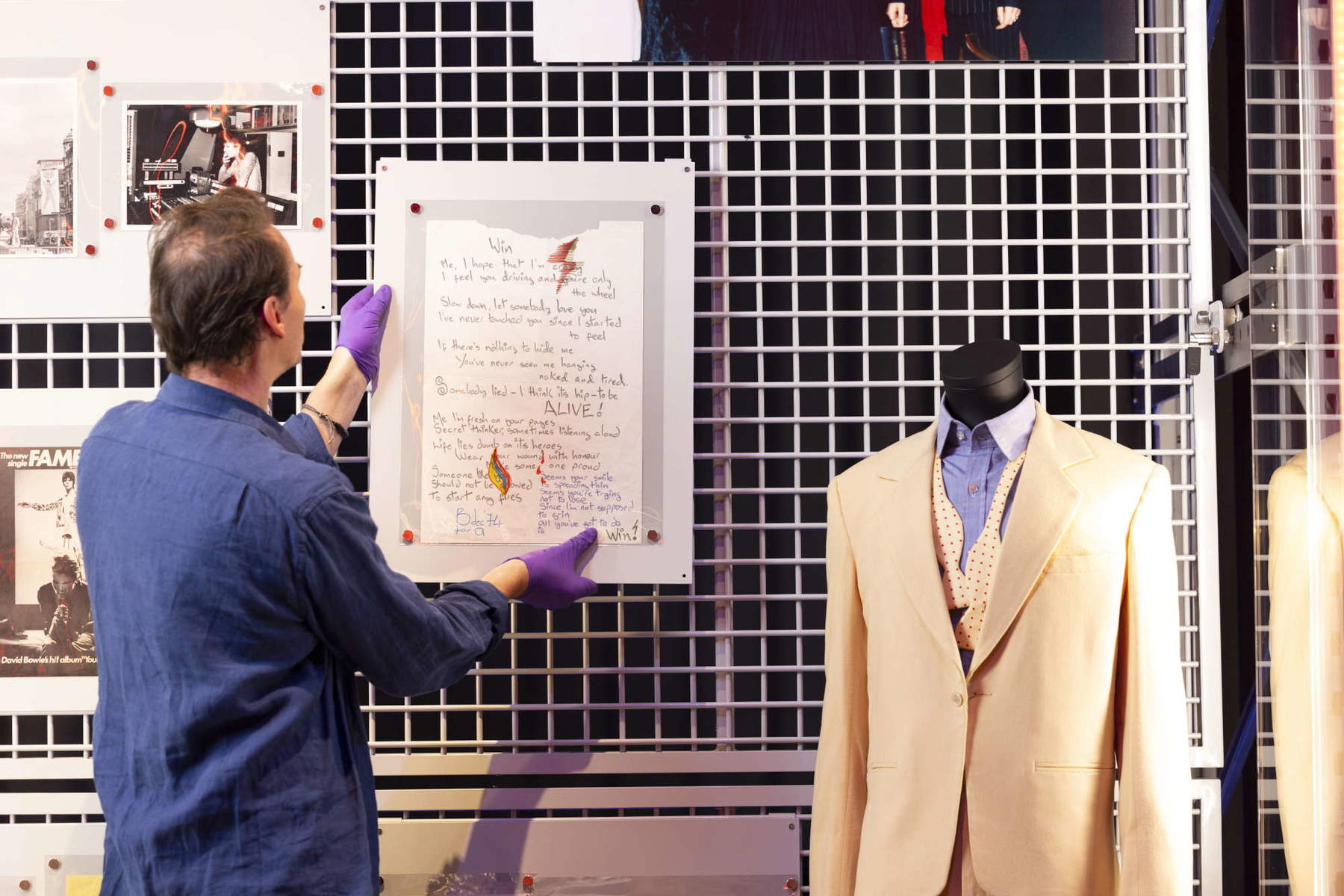
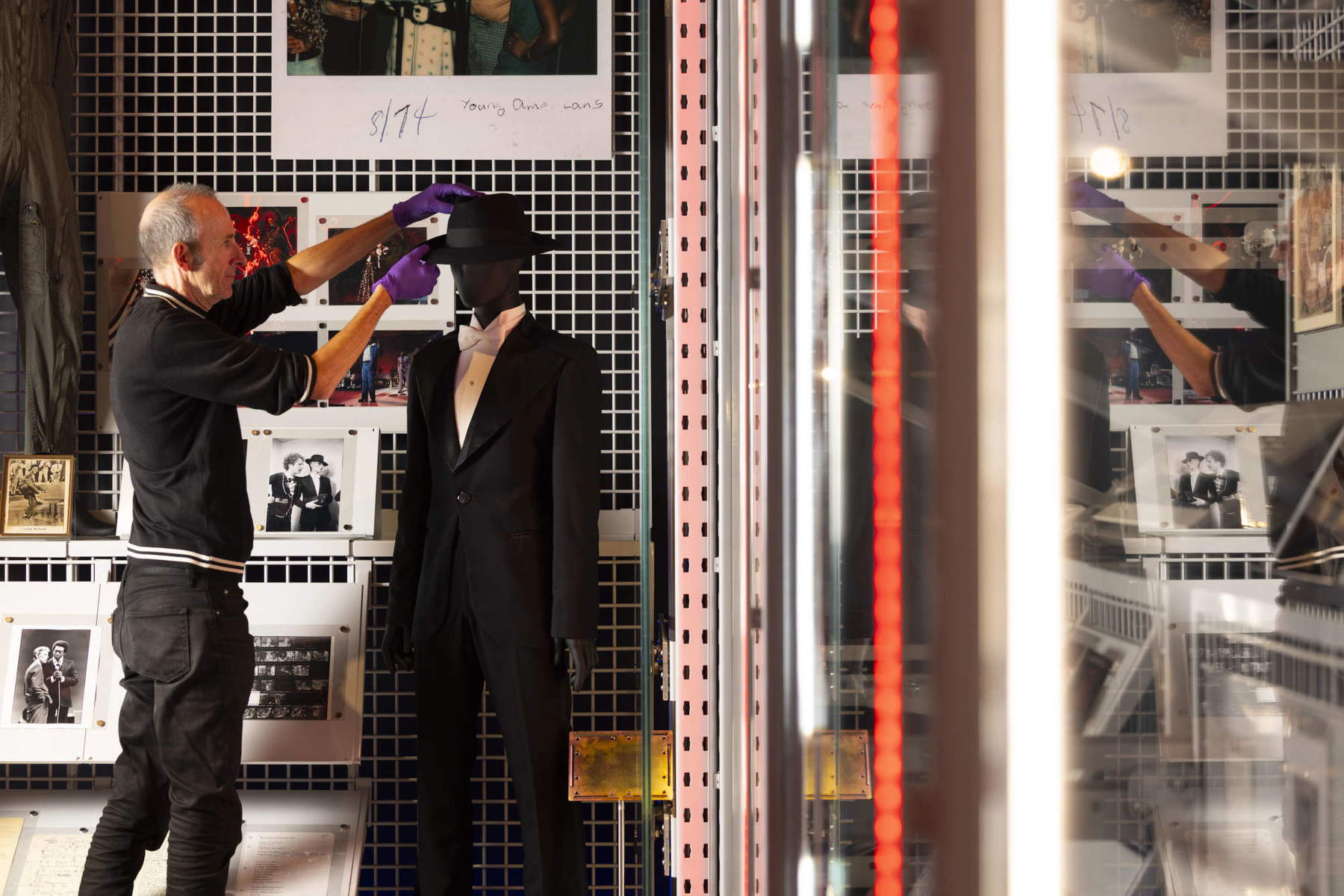
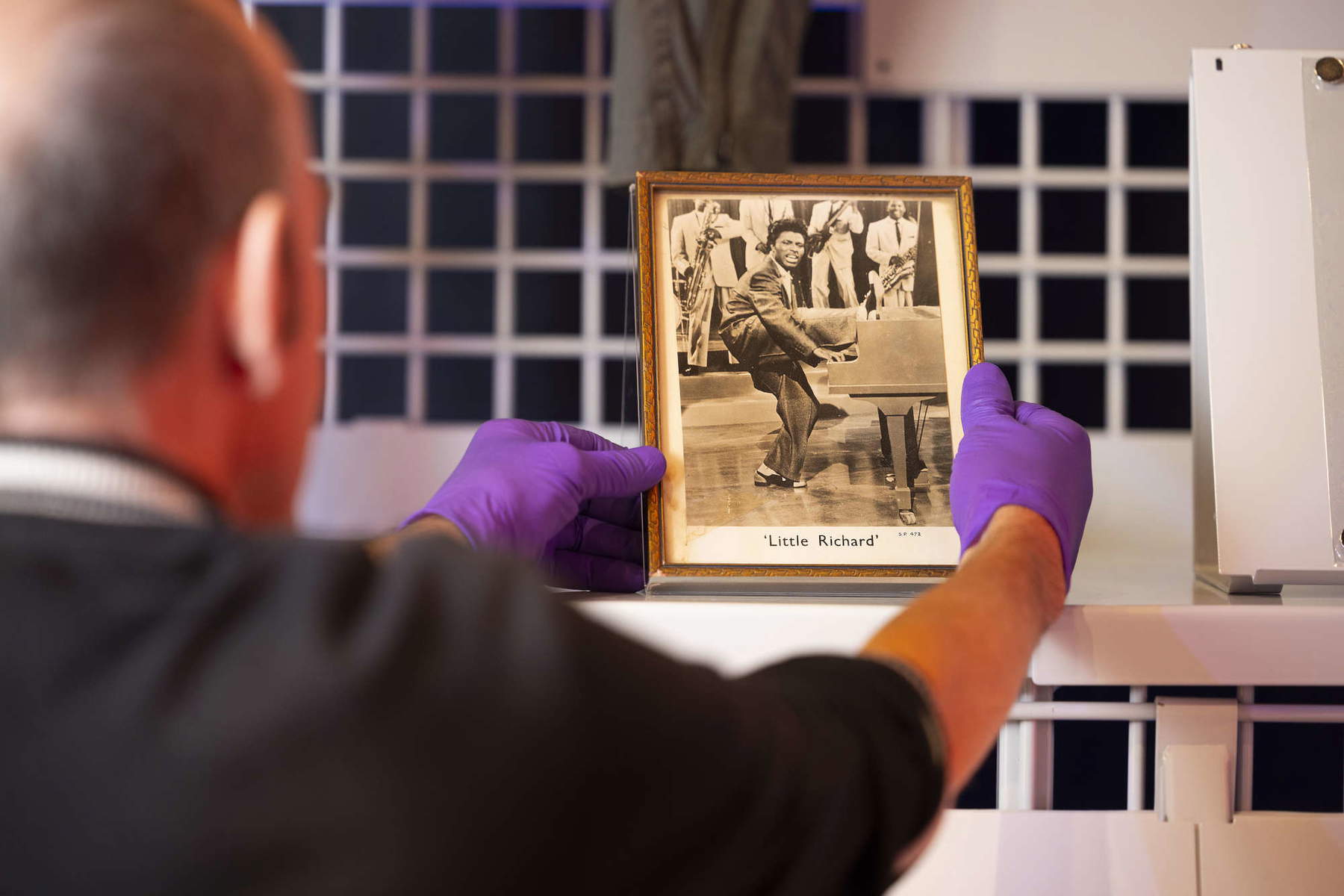
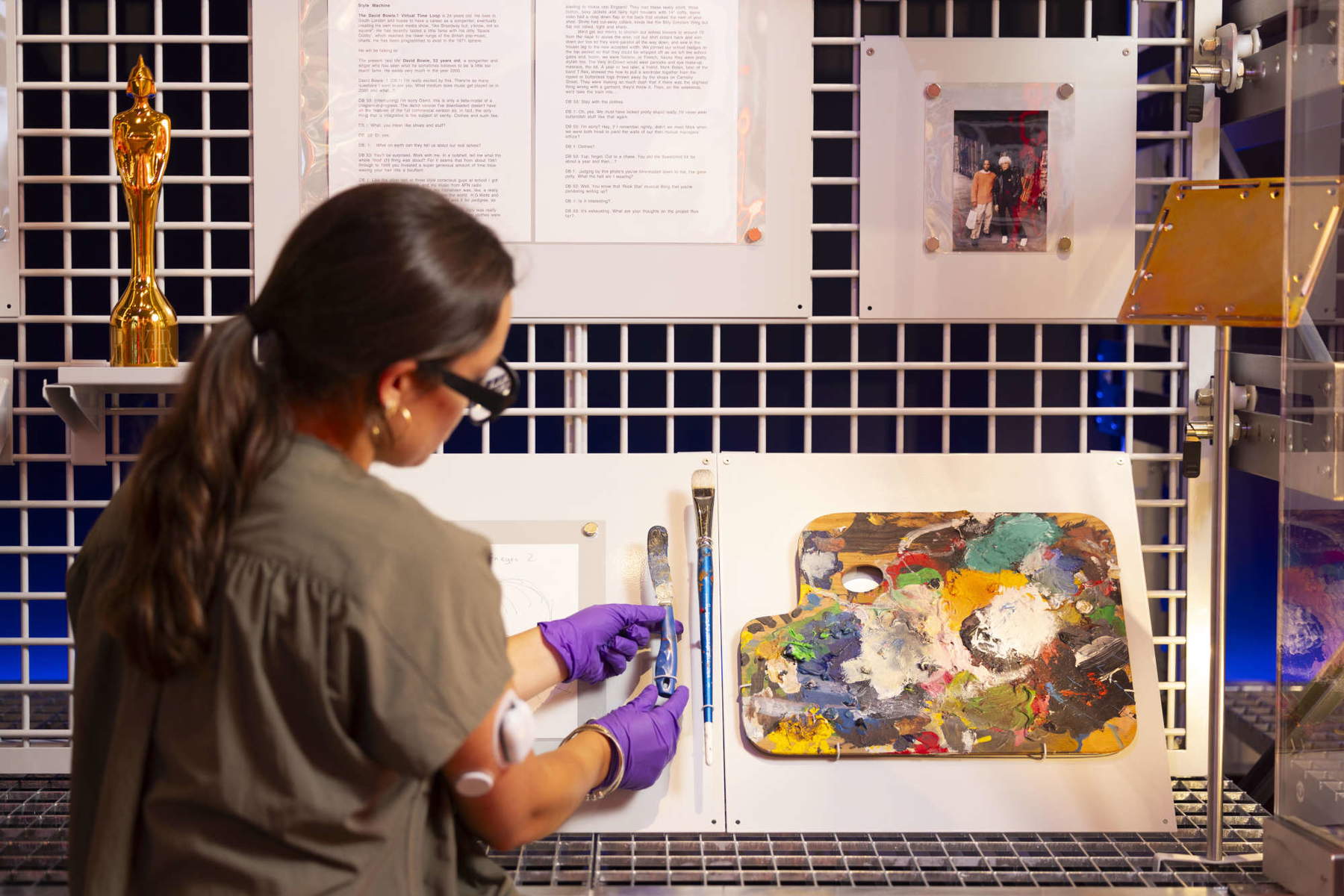
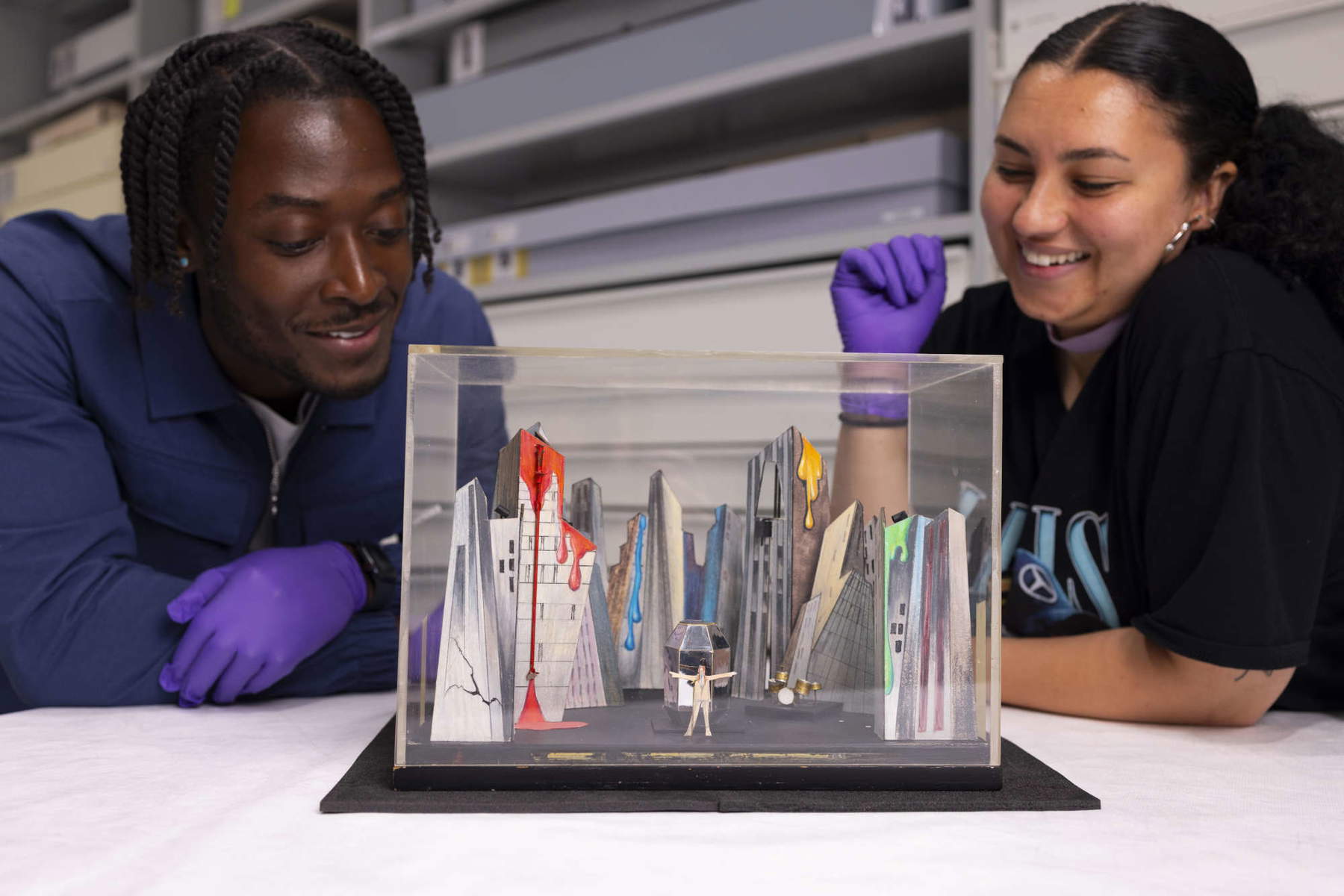
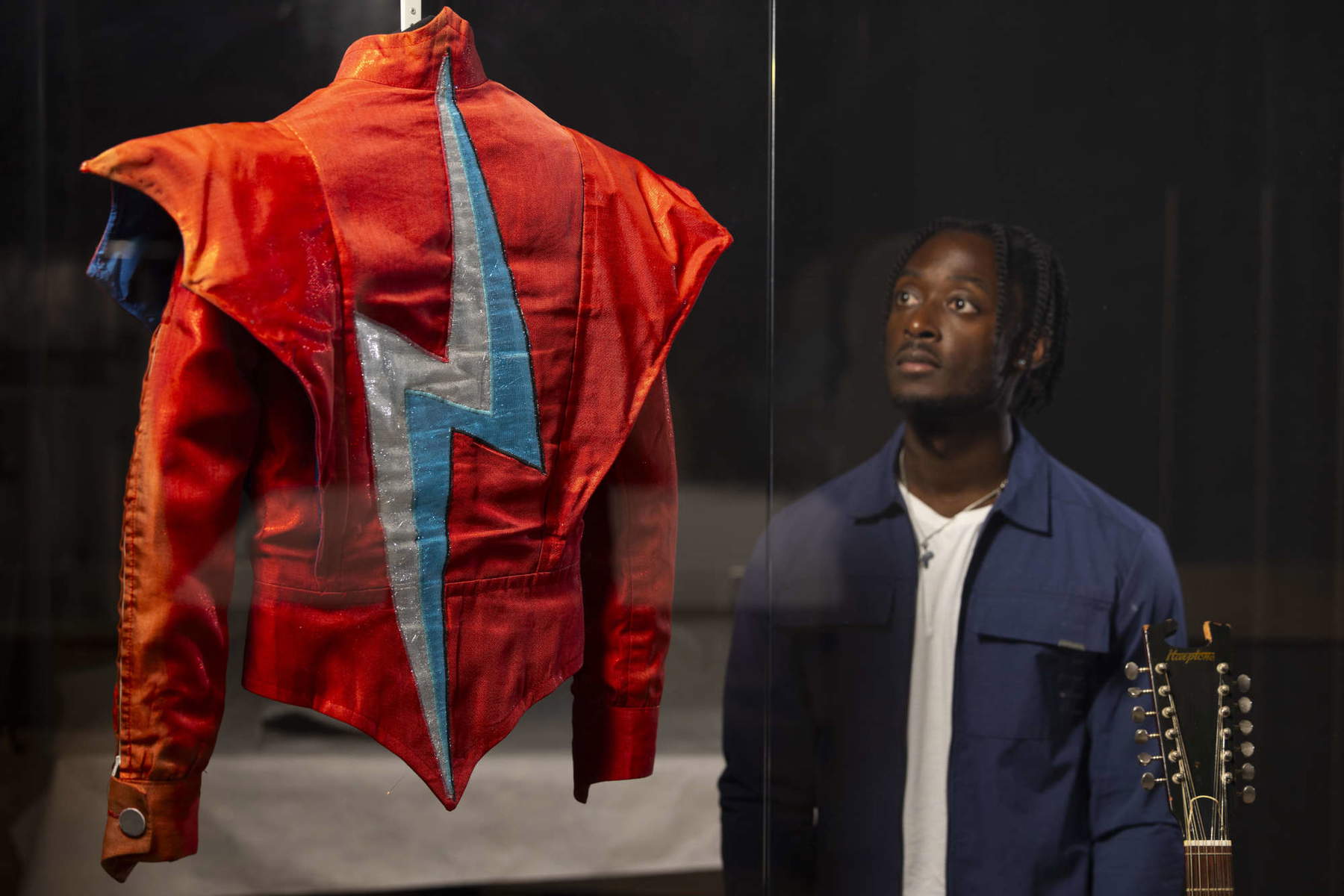
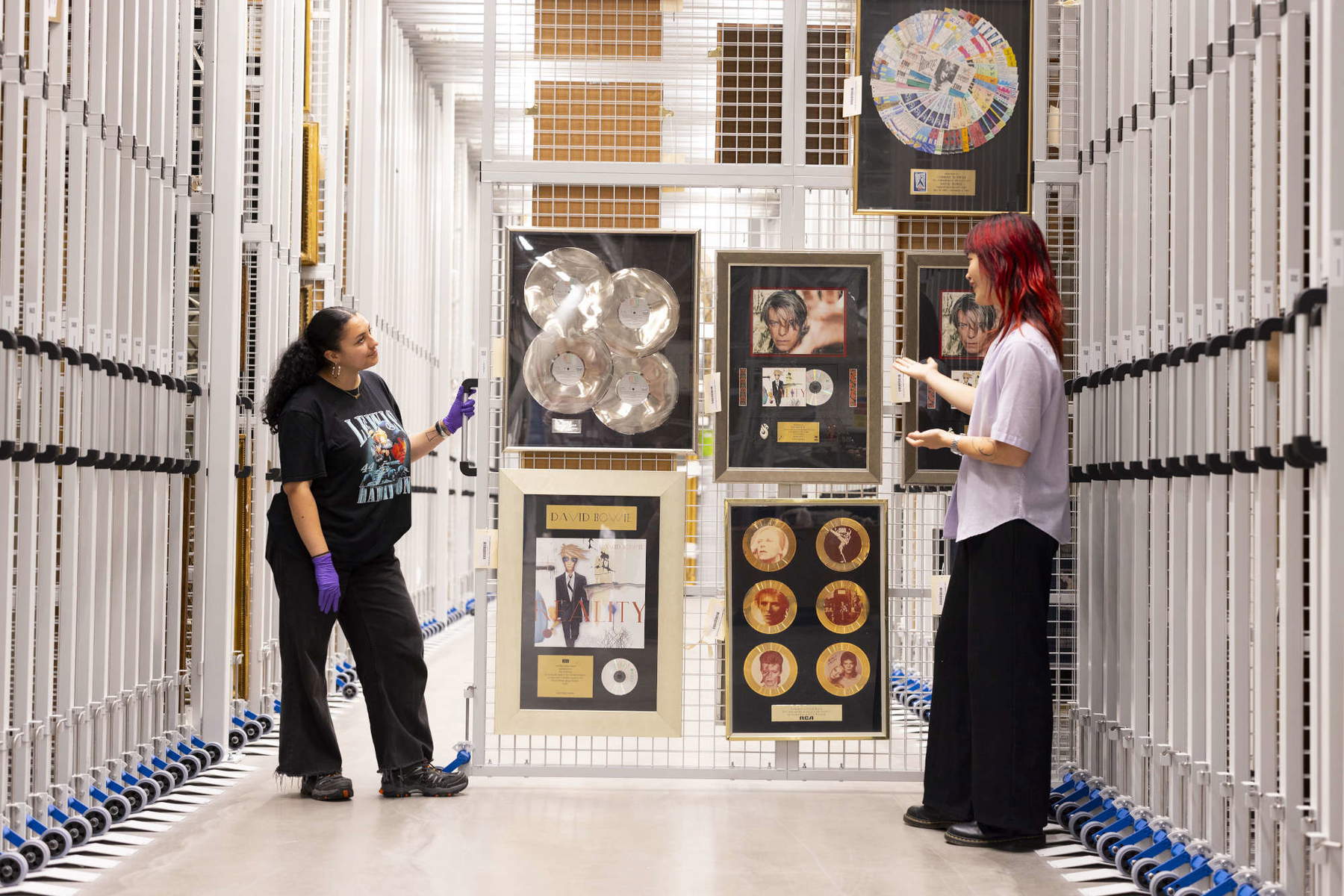
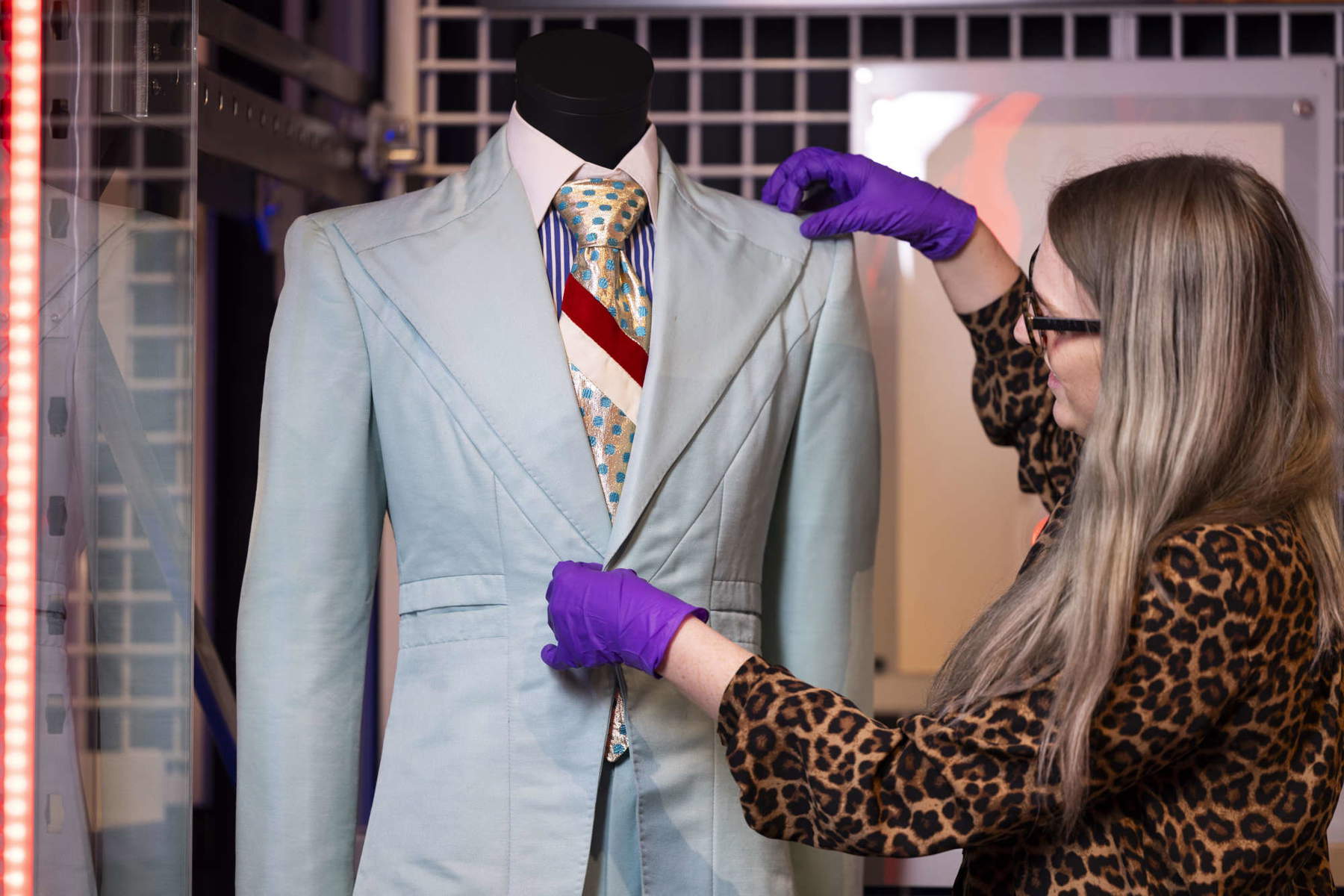
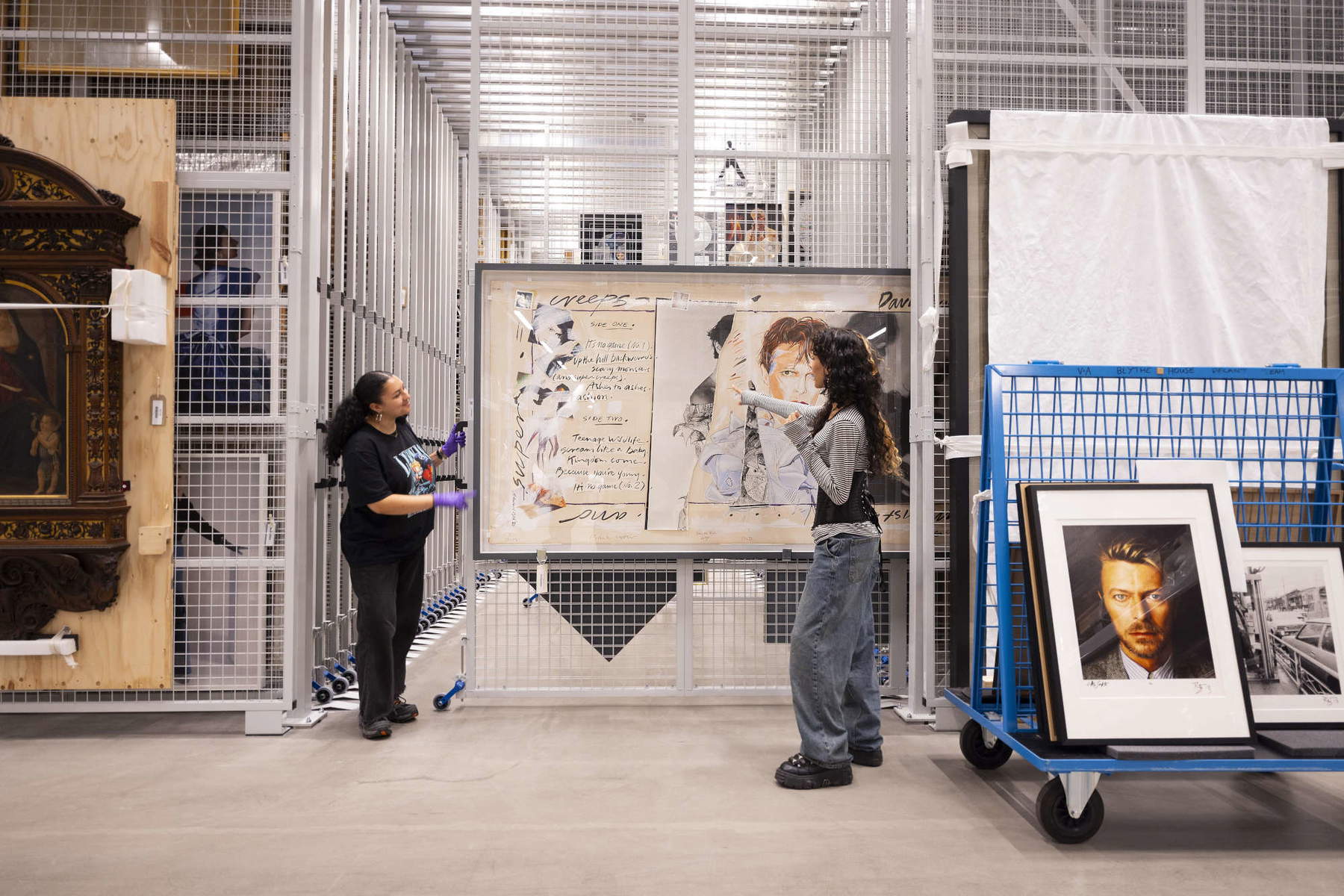
The David Bowie Centre also promises new revelations, bringing to light previously unseen aspects of Bowie’s creative process. Among the most significant unpublished items is The Spectator, an unrealized musical set in 18th-century London that Bowie was working on until his death in 2016. Bowie had conducted extensive research on artists, writers, queer communities, criminals and public executions to illustrate a London society on the threshold of modernity. On display will be his notepad, index cards and a series of post-it notes outlining historical events, potential characters and possible scenes for the musical set around Covent Garden in the 18th century, including historical and invented characters. The musical would open with the dramatic public execution of notorious criminal Jack Sheppard on Nov. 16, 1724.
Also on display will be a never-before-seen guitar from the Ziggy Stardust era, Bowie’s first instrument (a saxophone purchased from his father in the early 1960s), an extensive collection of writings, sketches, storyboards, manuscript and unpublished lyrics, digital artwork, sheet music and correspondence, offering personal insights into his creative process and the ideas behind some of his era-defining projects. There will also be the clapperboard used for the film The Man Who Fell to Earth (1976), materials and costumes related to Bowie’s 50th birthday concert in 1997, original album cover drawings for the Hours and Lodger albums, and articles tracing the creation of his latest albums, The Next Day (2013) and Blackstar (2016), including costumes, posters and props such as the origami birds Bowie made for the October 2013 NME cover.
For Blackstar, Bowie’s sketches, a costume hand-decorated by Bowie for the 2016 music video Lazarus (referencing an iconic 1975 photo session by Steve Schapiro), as well as Bowie’s artwork and awards will be on display.
The David Bowie Centre was designed by the architectural firm IDK, based in London and Paris. The design approach sought to celebrate the extraordinary character of David Bowie himself, balancing the functionality of a repository with the art of staging. IDK’s design, described as “open and inclusive,” is inspired by Bowie’s creative method of “cutting and rearranging” ideas, combining disparate elements to form something new, surprising and alive. Mike Lim, James Pockson and Roddy Bow, Directors of IDK, said, “It has been a privilege to work with the V&A in exploring the many different worlds of David Bowie, making his archive accessible to the public. In designing the David Bowie Centre, we sought to celebrate Bowie’s remarkable legacy through a working archive that inspires creativity, discovery and learning.” Also collaborating on the project were Fieldwork Facility for wayfinding, ZNA for lighting, Structure Workshop for structures, and P3R for mechanical and electrical systems.
The White Duke’s impact thus continues to resonate nearly a decade after his death, and his influence on design, visual culture and inspiration for today’s creatives find a home in the David Bowie Centre, destined to become a global landmark for fans, scholars and anyone interested in the transformative power of the British musician’s art.
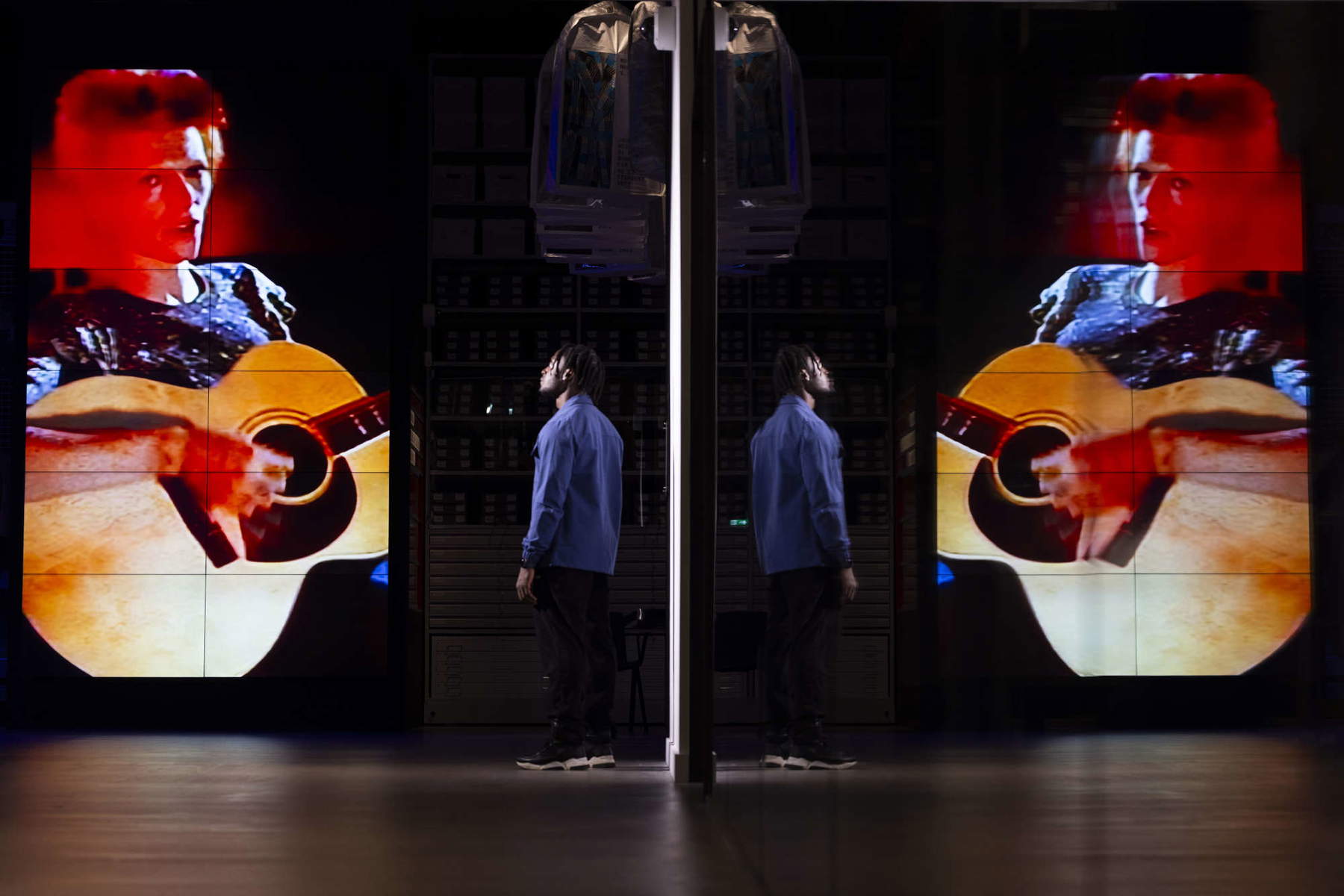
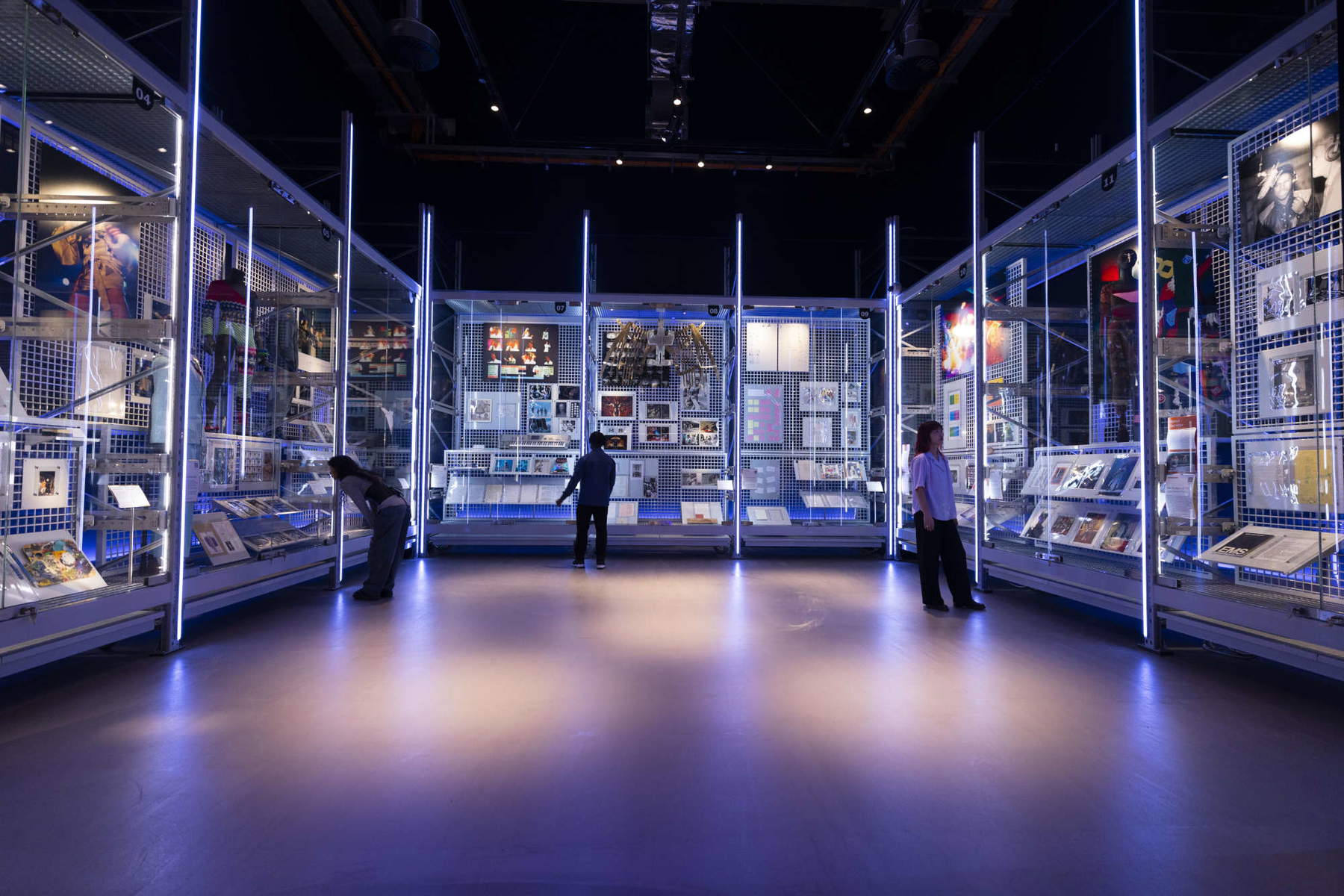
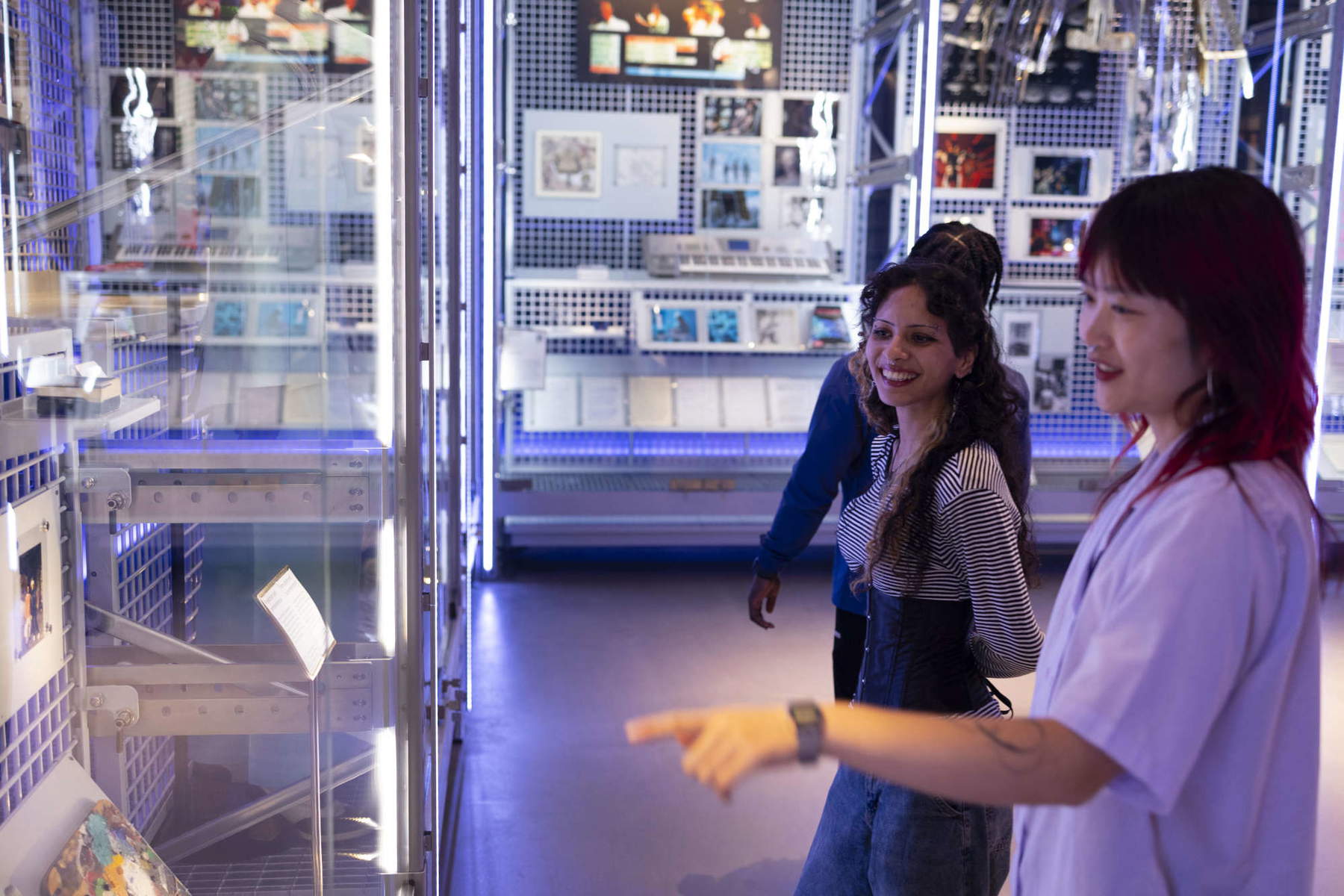
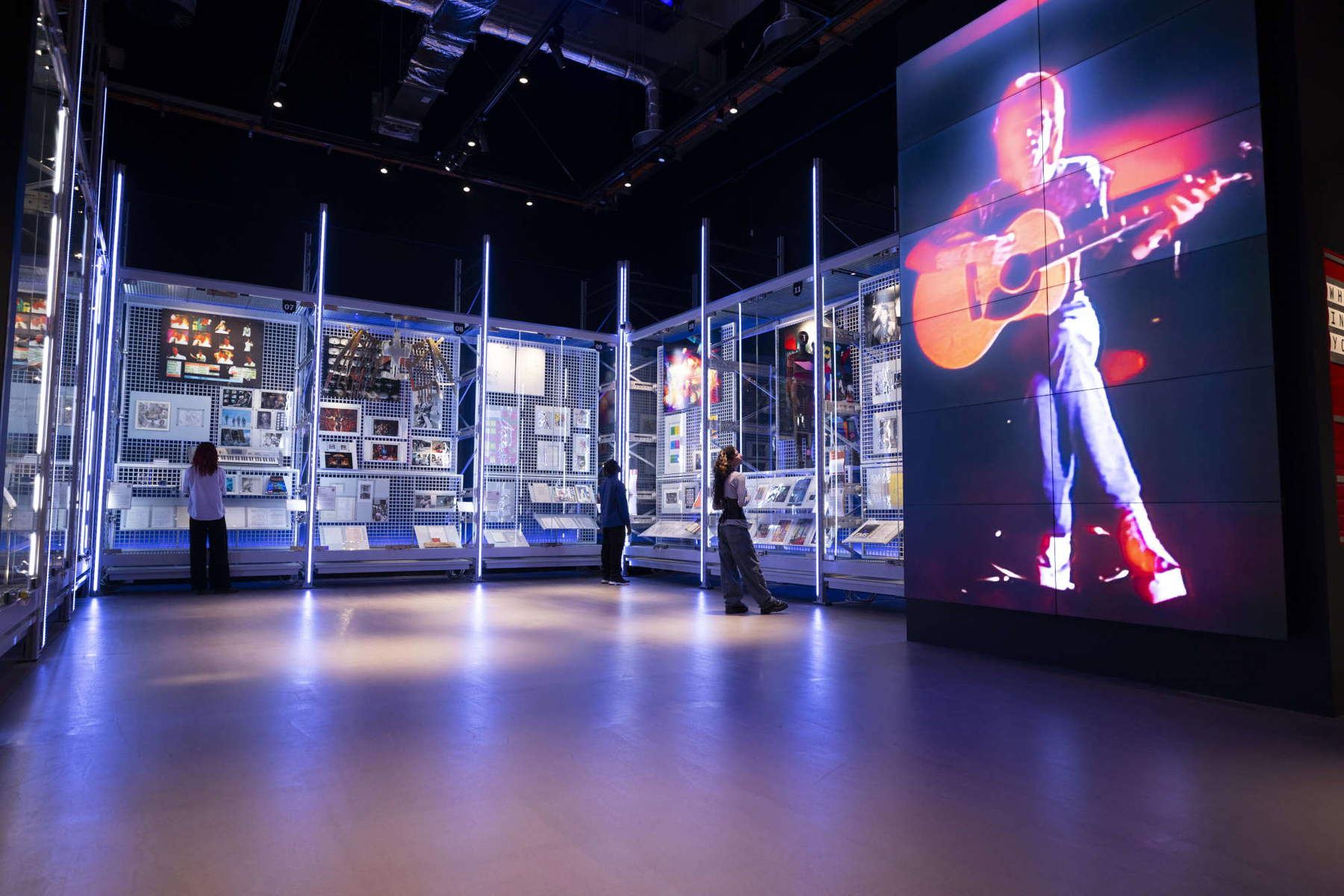
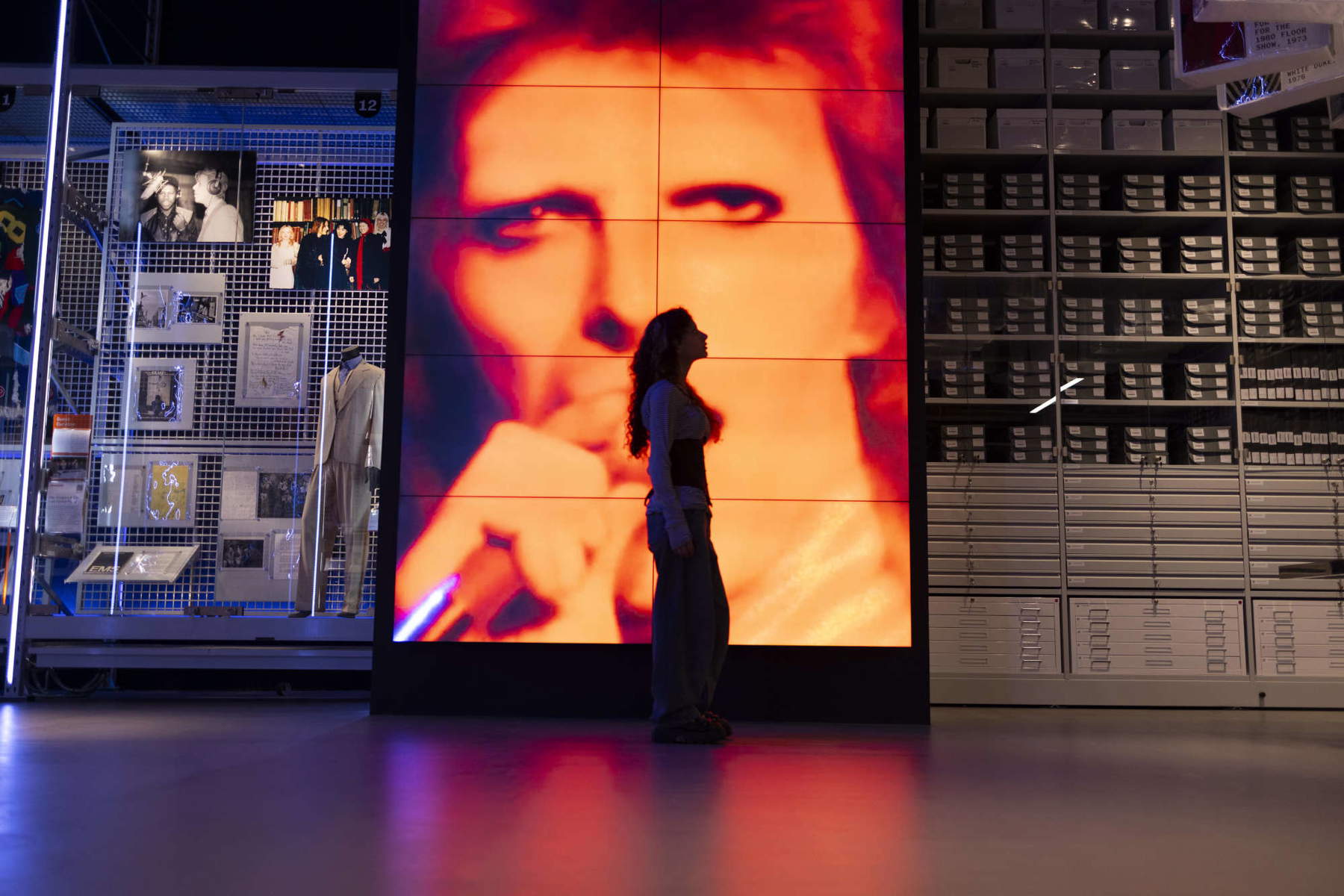
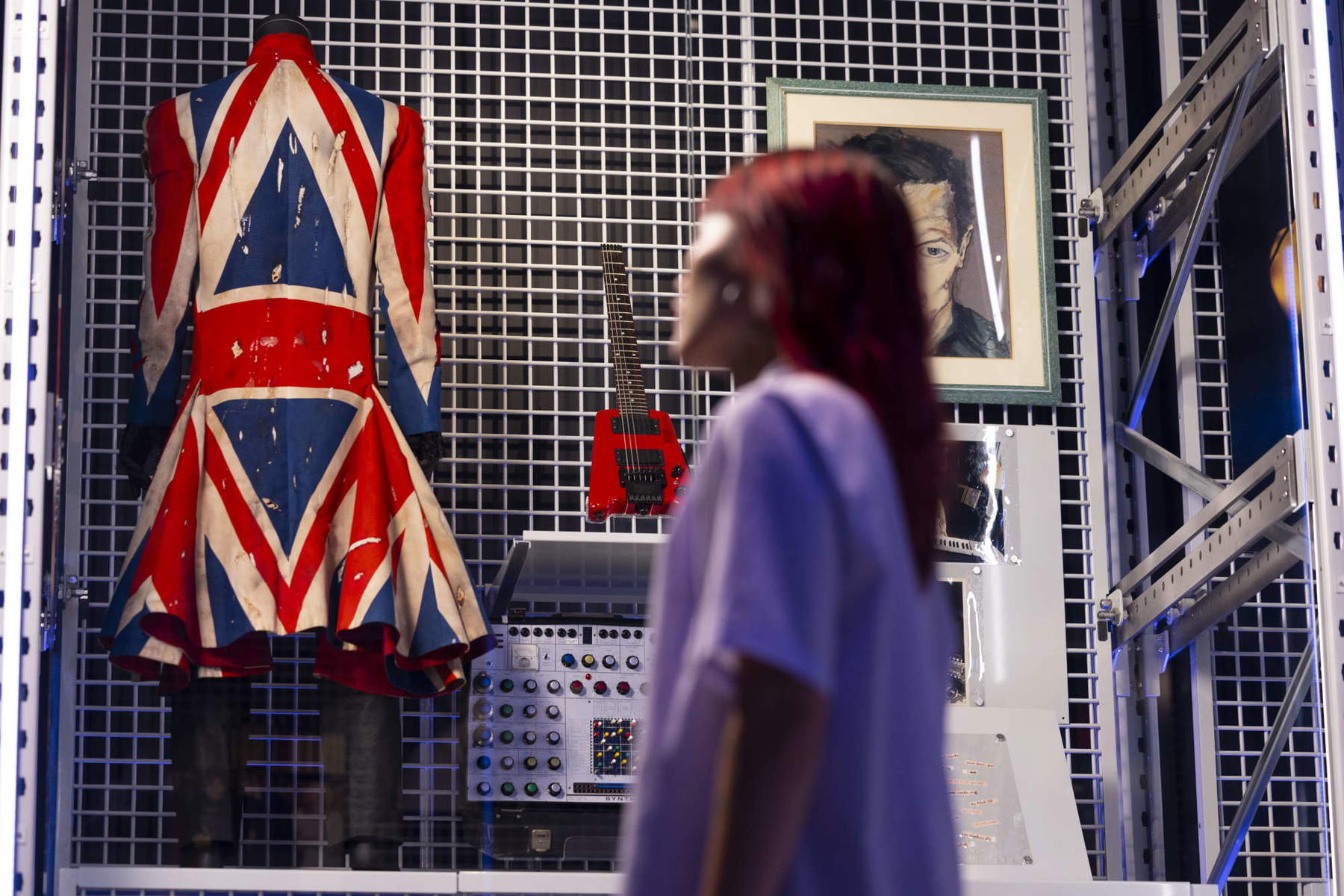
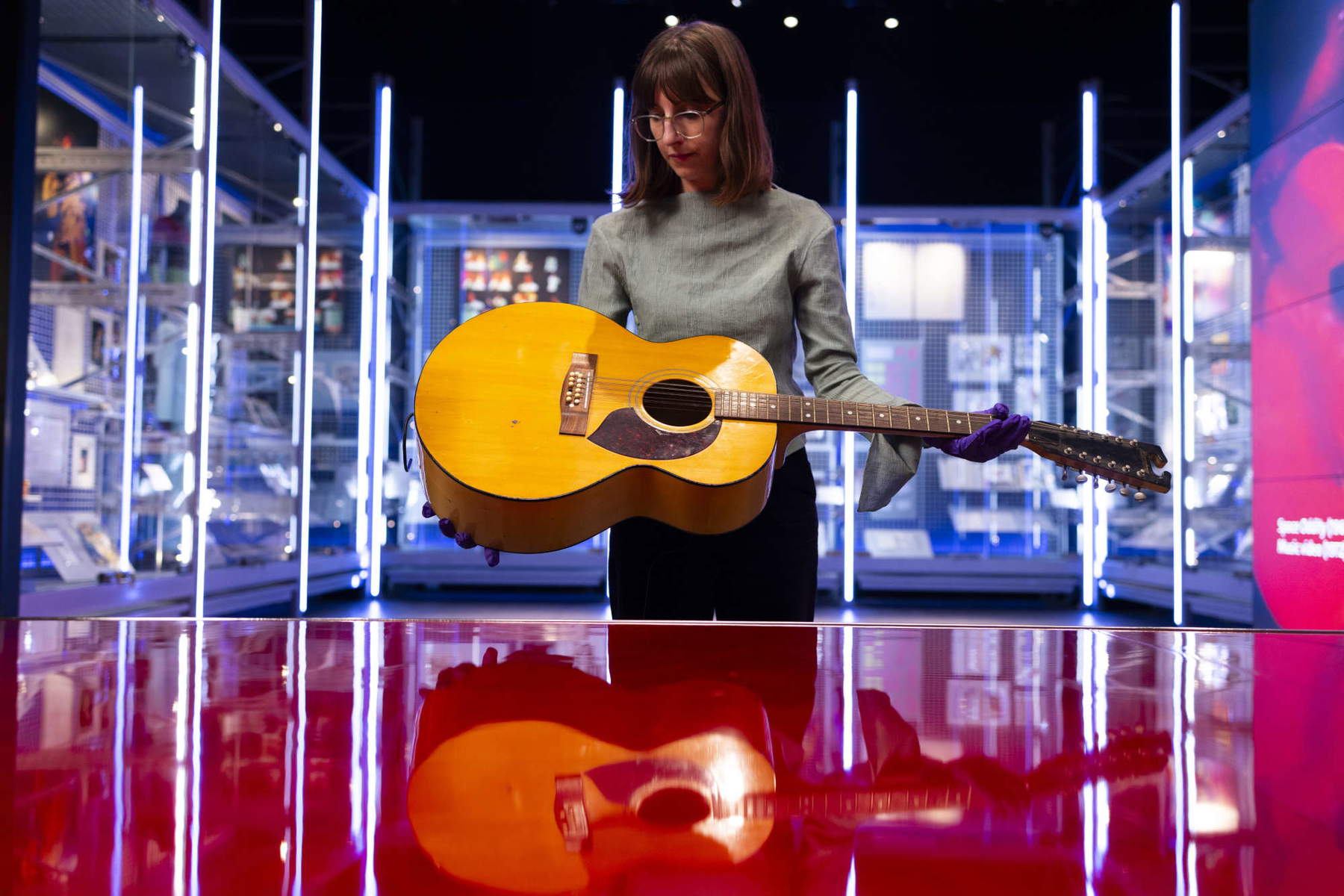
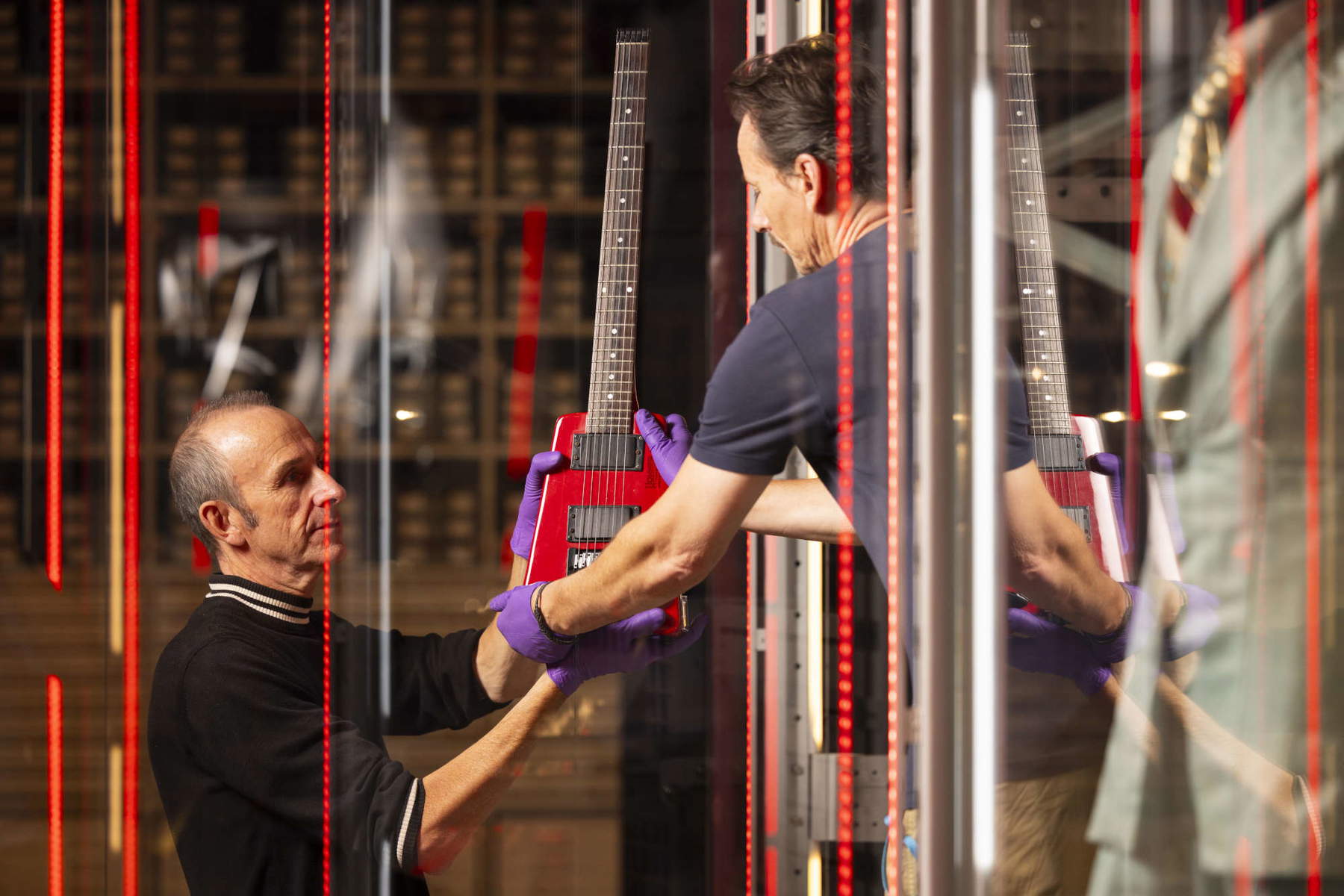
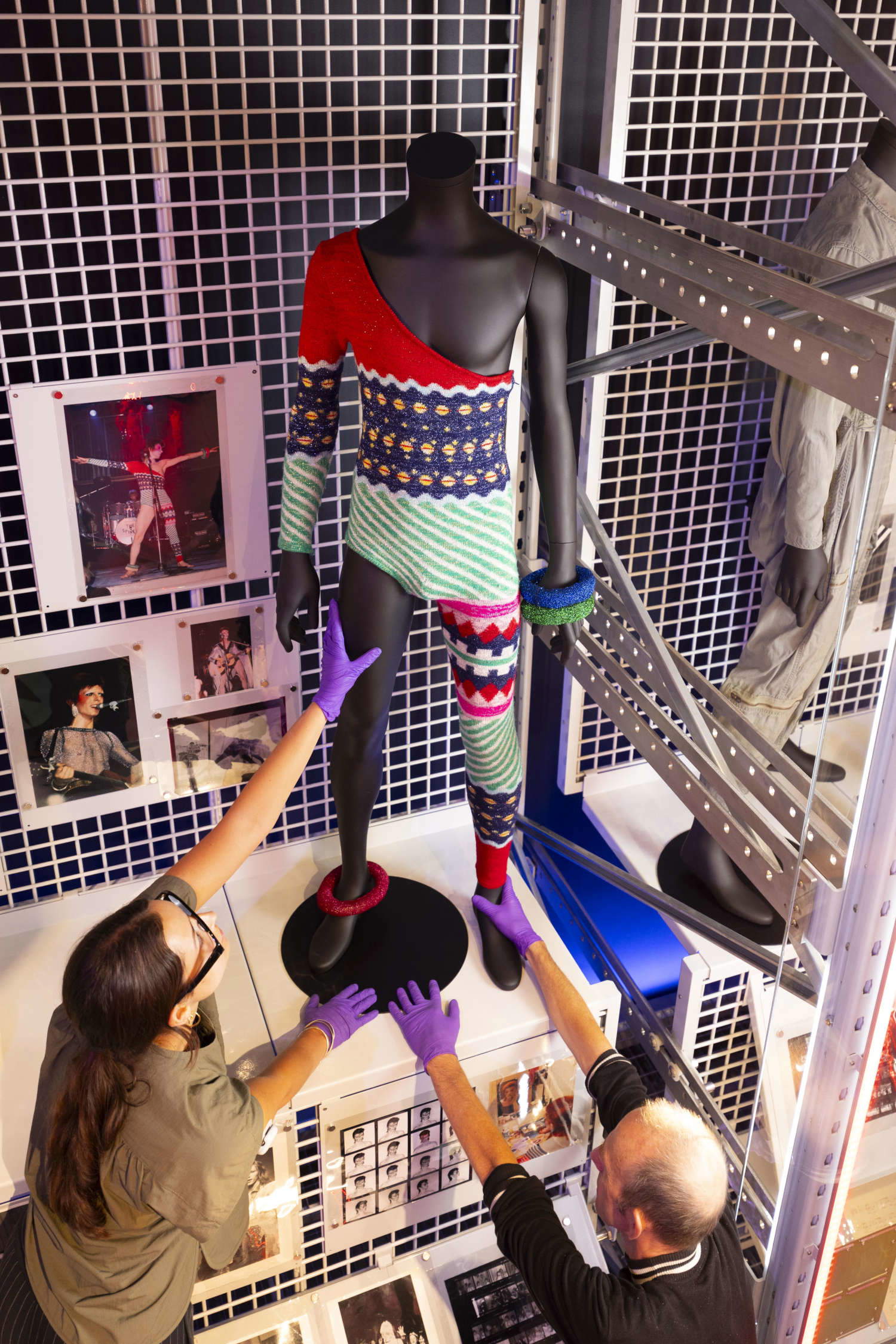
David Bowie Centre was made possible through the generosity of the David Bowie Estate, the Blavatnik Family Foundation, and Warner Music Group, which supported the Victoria & Albert Museum’s (V&A) acquisition of the archive. V&A Director Tristram Hunt expressed his delight, “We are thrilled to curate Bowie’s incredible archive, revealing new insights into his creativity and legacy, and to open it to all at the V&A East Storehouse, in dialogue with the V&A’s collection spanning 5,000 years of art, design and performance.” Sir Leonard Blavatnik, founder of the Blavatnik Family Foundation, added, “We are proud to support the David Bowie Centre at the V&A East Storehouse, honoring a timeless cultural icon.”
Madeleine Haddon, curator of the V&A East, said, "Bowie was a pioneering multidisciplinary creative - musician, actor, writer, performer and cultural icon - who worked in a way that many young creatives today move fluidly between disciplines. He was fascinated by the modern musical form and the 18th century as the threshold of modernity, shaped by the Enlightenment, advances in the arts, science and philosophy. His designs for The Spectator, among other creative projects that can be admired in the exhibitions, reveal his continual drive to experiment with boundary-defying ideas and creative forms throughout his life and career, as well as his meticulous creative process, which visitors can delve into through his archive and in the David Bowie Centre’s inaugural exhibitions."
The Center is located within the V&A East Storehouse, which opened on May 31, 2025. This dynamic museum repository immerses visitors in more than half a million works spanning every creative discipline, from fashion to theater, streetwear to sculpture, design icons to pop pioneers. It is open seven days a week, from 10 a.m. to 6 p.m., with evening openings until 10 p.m. every Thursday and Saturday. Outside the David Bowie Centre, and accessible without a ticket, an additional exhibit highlights the work of the David Bowie archive cataloguing team and a number of new revelations that have emerged during this work.
 |
| London, David Bowie Centre, the museum-archive of the White Duke, opens to the public |
Warning: the translation into English of the original Italian article was created using automatic tools. We undertake to review all articles, but we do not guarantee the total absence of inaccuracies in the translation due to the program. You can find the original by clicking on the ITA button. If you find any mistake,please contact us.